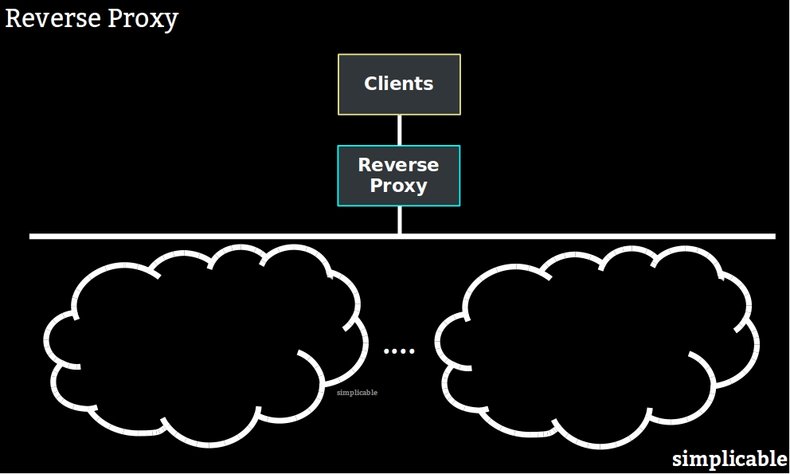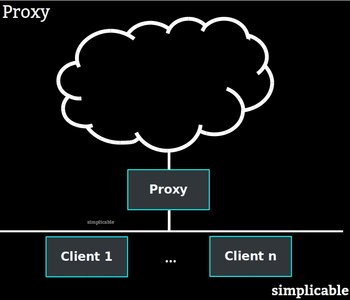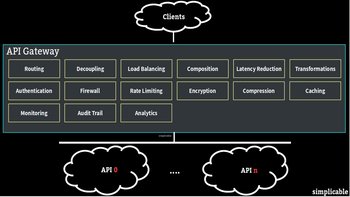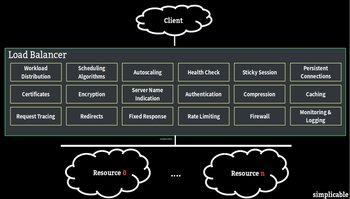
Load Balancing
A web site publishes the IP of a load balancer for clients. Client requests are forwarded by the load balancer to a pool of servers. This is a way to publish a single IP that can be served by many servers. A means of achieving horizontal scale.Orchestration
A reverse proxy may implement logic to decide where to forward requests. For example, an API gateway can be implemented as a reverse proxy that decides where to forward API requests based on factors such as load, request type and API parameters.Encryption
A reverse proxy may implement services such as TSL encryption. For example, a service for webmasters who want to avoid the complexities of managing their own SSL certificates.Information Security
A reverse proxy may scan requests and reject anything that looks suspicious. Reverse proxies are commonly used to defend against information security threats such as denial of service attacks.Caching
A reverse proxy may cache requests to improve performance. For example, an air quality information service that requires hundreds of API calls to build a single response may use a reverse proxy to cache responses to reduce server load.Content Delivery Network
A content delivery network is a type of service that delivers content such as images and videos from data centers that are relatively close to each client. Often implemented as a reverse proxy.| Overview: Reverse Proxy | ||
Type | ||
Definition | A type of computing service that retrieves resources for clients. | |
Related Concepts | ||


























